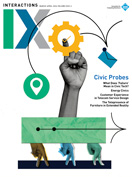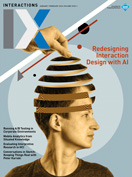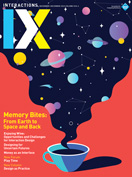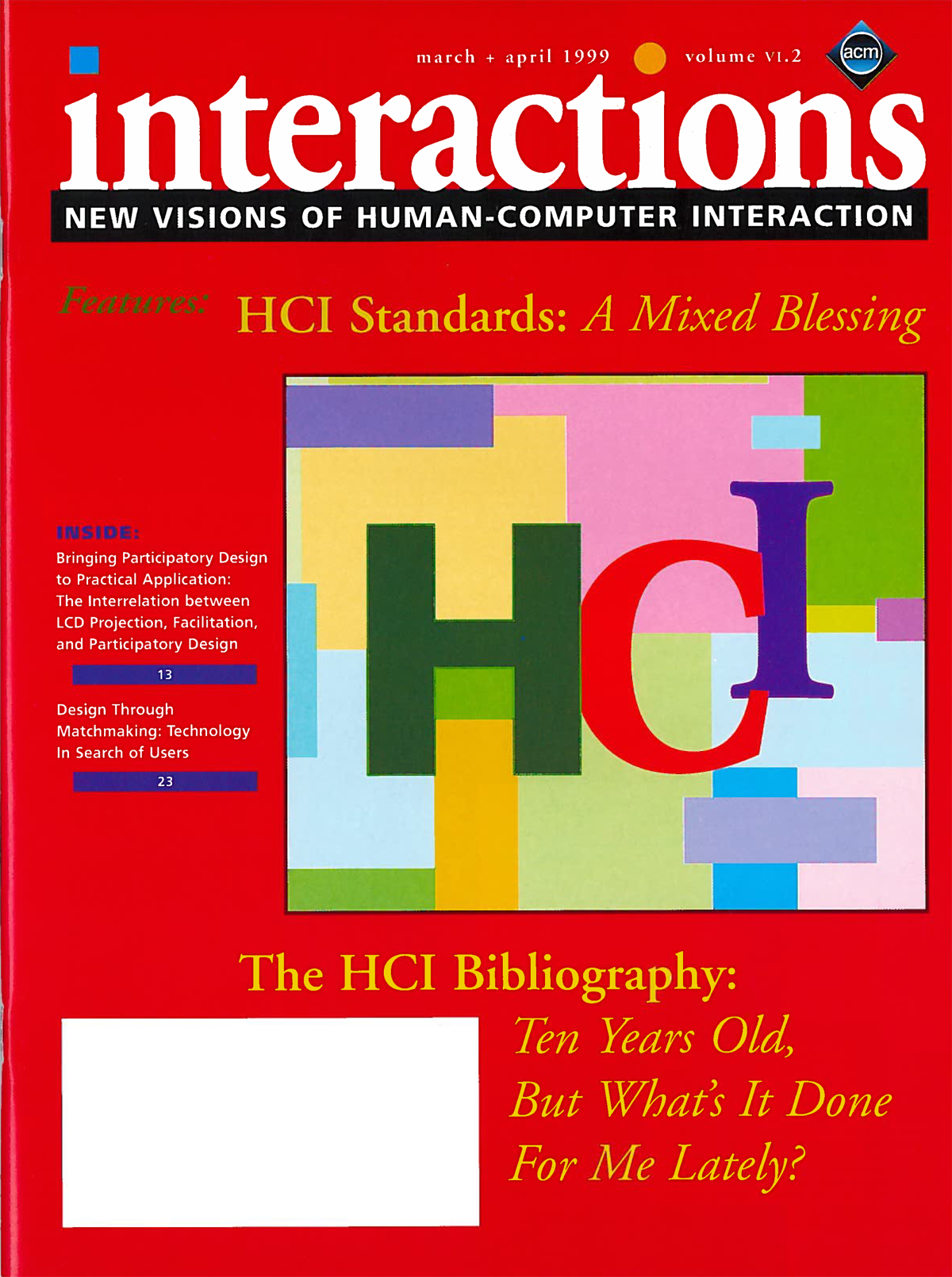Authors:
Jennifer Bruer
Using Earcons to Provide Navigation Cues in Telephone-Based Interfaces Stephen A. Brewster Glasgow Interactive Systems Group Department of Computing Science, University of Glasgow, Glasgow, G12 8QQ, UK Tel: +44 (0)141 330 4966, Fax: +44 (0)141 330 4913 Email: [email protected], Web: www.dcs.gla.ac.uk/~stephen/ The following 2 abstracts are from the recent issue of ACM's Transactions on Computer Human Interaction (ToCHI). They are included here to alert interactions' readers to what research is currently being done in the field of Computer Human Interaction. The complete papers can be found in ACM's Digital Library at http://www. acm.org/pubs/citations/journals/tochi/1998-5/. Introduction Telephone-based interfaces (TBIs) are an…
You must be a member of SIGCHI, a subscriber to ACM's Digital Library, or an interactions subscriber to read the full text of this article.
GET ACCESS
Join ACM SIGCHIIn addition to all of the professional benefits of being a SIGCHI member, members get full access to interactions online content and receive the print version of the magazine bimonthly.
Subscribe to the ACM Digital Library
Get access to all interactions content online and the entire archive of ACM publications dating back to 1954. (Please check with your institution to see if it already has a subscription.)
Subscribe to interactions
Get full access to interactions online content and receive the print version of the magazine bimonthly.






Post Comment
No Comments Found